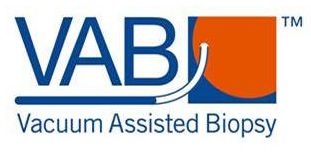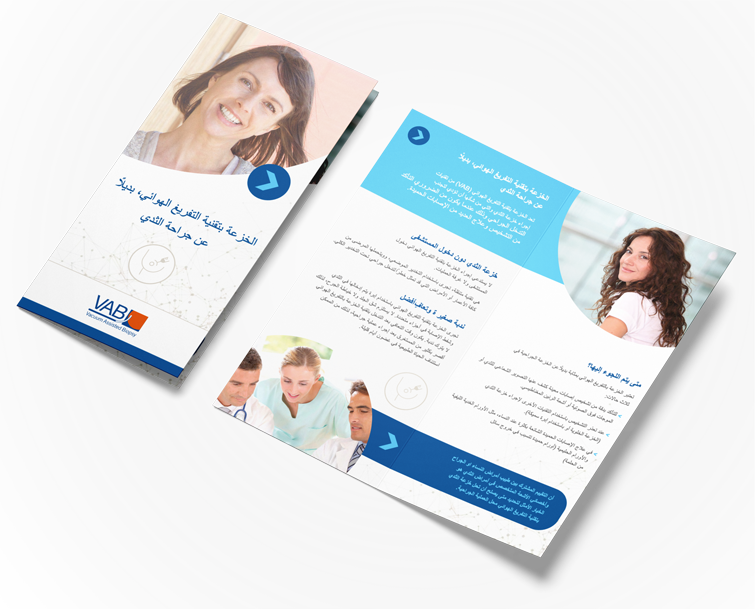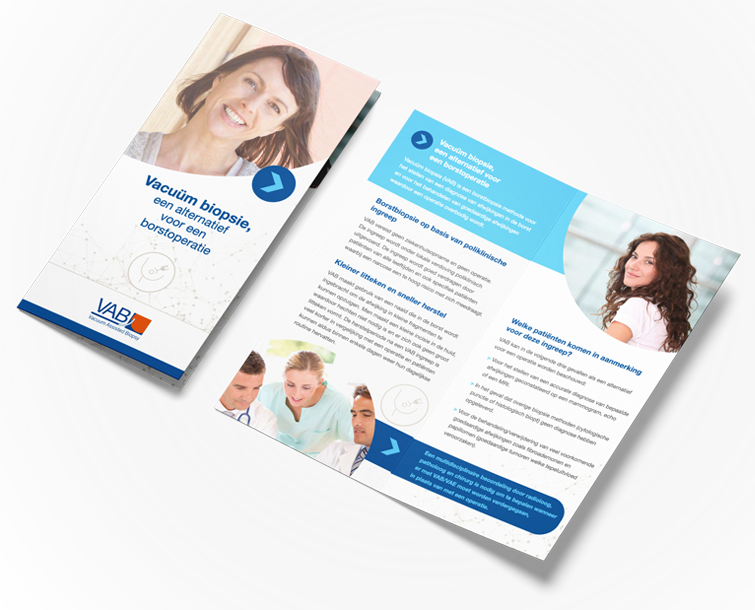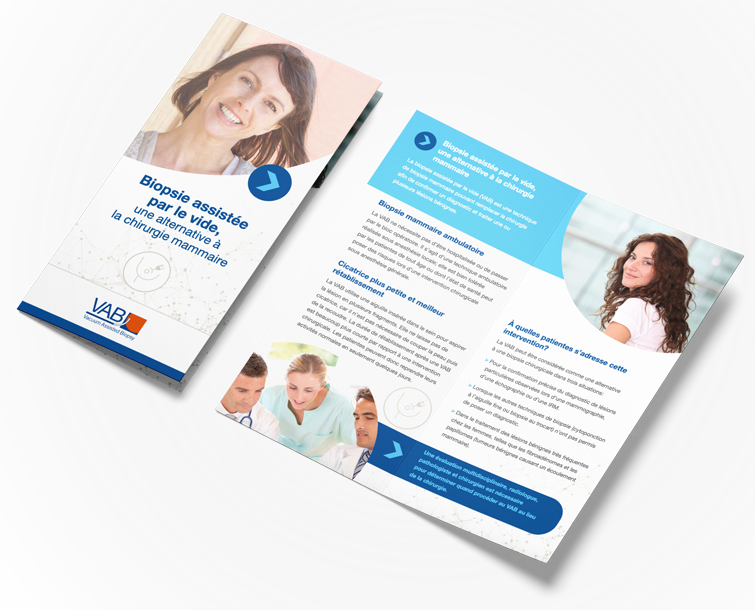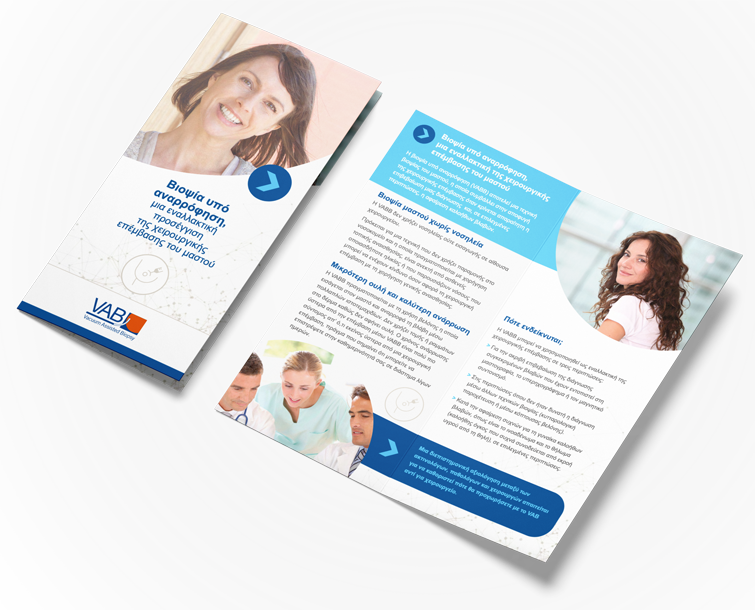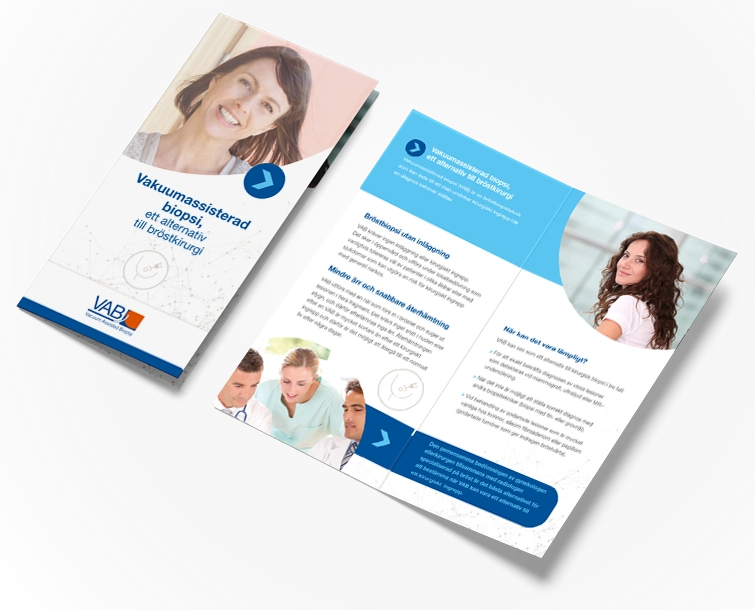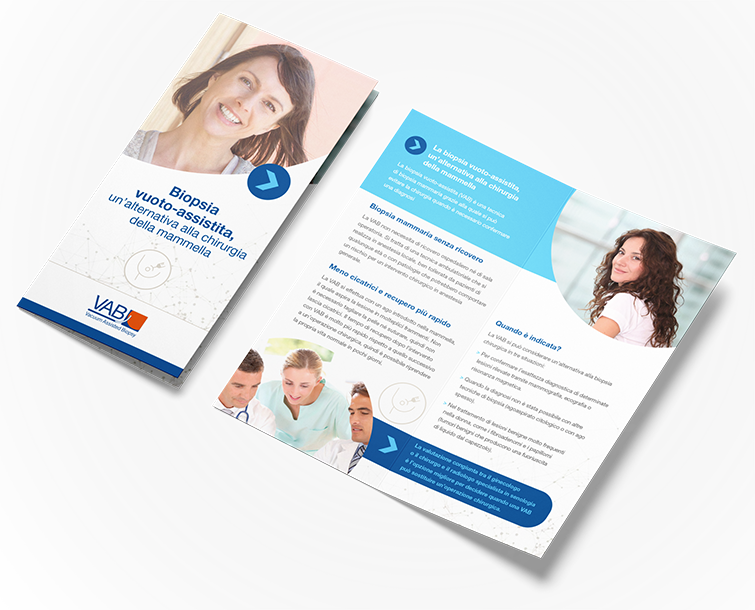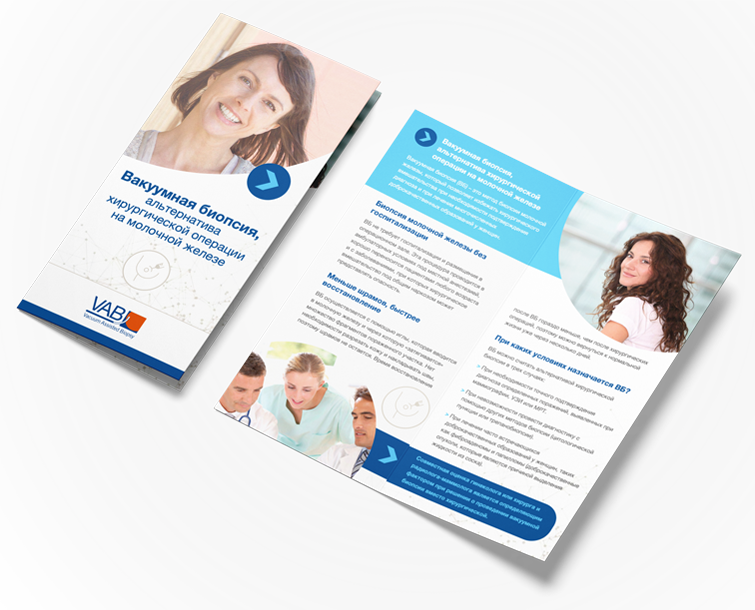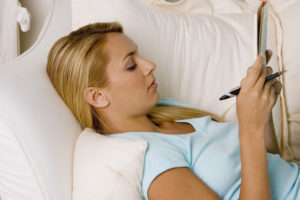 Regardless of your age or lifestyle, it’s more than likely that you’ll experience breast pain at some point in your life.
Regardless of your age or lifestyle, it’s more than likely that you’ll experience breast pain at some point in your life.
‘Mastalgia’ (the technical name for sore breasts) is more common than you might think, estimated to affect 70% of women.1
The pain may vary in intensity, from mild to severe. But how do you determine if you have ‘shooting pain’ specifically? It can be recognised as a sudden sharp, piercing painful sensation, usually lasting a few seconds or less. Besides causing discomfort, a shooting pain in the breast may understandably cause you to become anxious: is it something to do with your respiratory system, is it muscular, or might it be a sign of cancer?
The reality is, pain alone is rarely a symptom of the latter disease. According to the latest research, only six per cent of women newly diagnosed with breast cancer complain of pain in their breast .2 So what could be the cause of your shooting breast pain, and what next steps can you take to combat it?
Types of breast pain
Shooting breast pain is more likely to be the result of something benign (non-cancerous). However, it’s important to identify what’s causing it, so that the problem can be addressed. To this end, it may help to know that there are three types of breast pain.
Sore breasts can be cyclical and occur around the time of a your menstrual cycle (period). It can also be non-cyclical and result from a benign medical problem affecting the breast, like an abscess, for example. Lastly, there is wall chest pain, which originates in the cartilage and tissues of the ribcage, but feels like it’s coming from the breast.
Any of the above can explain shooting breast pain. Additionally, when visiting a medical professional you may want to consider the following specific natural causes and medical conditions, within each pain type.
- Hormonal changes
Normal fluctuations in the levels of your hormones oestrogen and progesterone are thought to be responsible for the cyclical breast pain linked to your period. They typically occur in younger women up to about 50 years of age, and usually stop at the onset of menopause. Typically, you might find that the pain caused by hormonal changes begins a few days before your period, which improves when this starts, and goes away after the period ends. It is typically felt in both breasts, which may also feel lumpy, but can extend to the arms.
- Breast cysts
These are a benign medical condition associated with non-cyclical pain. They are more likely in women 35 to 50 years old. Although you may think they feel like a lump of cells, they are actually small sacs filled with fluid and, therefore, are usually harmless. There is not a known cause of breast cysts. But it has been suggested that they may be the result of a hormonal imbalance. As they grow in size, the pressure put on nearby tissues may cause you to feel some pain. However, breast cysts don’t usually cause other symptoms or require any treatment. - Abscesses
A breast abscess is a painful pocket of pus that forms just under the skin as a result of a bacterial infection. They tend to occur more often in women who smoke, and those who have diabetes or a disease that affects the immune system.4
If you are experiencing shooting breast pain, there are usually other symptoms which might can help you recognise if an abscess is to blame. You may have a fever and a noticeable breast lump that feels warm to the touch.3 The nipple of the affected breast may leak some fluid, and may also be retracted (pulled inward into the breast).4 Despite this sounding unpleasant, do not worry; antibiotics usually help clear the infection or the abscess can be drained with a small incision. - Mastitis
If you’re currently breastfeeding your pain might be the result of an inflammatory condition called mastitis. This may occur after giving birth, due to milk building up in the breast, or because of a bacterial infection.5 The pain is usually felt in one breast, either when breastfeeding or continuously.5 Plus, the breast may become swollen, red and warm to the touch, and there may be flu-like symptoms like fever, muscle aches and tiredness.5 Treatment will depend on the causes of the mastitis, and may include antibiotics. - Phyllodes tumour
Another possible cause of your breast pain might be a phyllodes tumour. They are relatively rare, usually benign, lumps that form in one breast. They typically affect women between the age of 35 and 55; but studies have shown that women aged 45 to 49 are the most at risk of this condition.6
Phyllodes tumours can be very large – 4 to 10 centimetres or more.6 The skin over the tumour may appear bluish in colour, due to the veins becoming enlarged.6 Do not be alarmed if you recognise that you have these symptoms, as benign phyllodes tumours can be simply removed through an operation. - Fat necrosis
After an injury or surgery to the breast, lumps of dead fat cells can form as a result of a phenomenon called fat necrosis. These lumps can be circular or irregular in shape and, like benign phyllodes tumours, they are not cancerous, but can cause breast pain. In addition, there may be redness, inflammation and bruising of the skin, as well as nipple retraction.
Fat necrosis tend to be more likely in women with large breasts.7 In most cases, it resolves spontaneously, without any particular treatment.7 However it is important you see a professional opinion, as sometimes the lumps need to be removed, for example if they grow or a biopsy cannot confirm a diagnosis of fat necrosis. - Costochondritis
Costochondritis is a painful condition of the chest wall, which most commonly affects women and men over the age of 40. It occurs when the cartilage that joins the ribs to the breastbone becomes inflamed. The pain originates in the chest wall, but is felt in the breast and gets worse when coughing, sneezing, moving or exercising. If you are experiencing something similar, please seek medical advice. Painkillers and injections of corticosteroids (anti-inflammatory medicines) may help ease your pain, however, eventually this subsides as the inflammation resolves. This may take from a few weeks to a year, depending on individual cases.
Whilst our guidance is supported by experts, is not intended to be used in place of a visit or face-to-face consultation with a healthcare professional. It is important that you seek professional medical help if you have boobs sore of any type. Here you can instantly quell any thoughts or worries you might be having, and find a solution to your everyday pain.
To find out more about breast health and surrounding topics, explore our website.
References
- Breast pain. BMJ Clin Evid. 2014;10:812. Accessed 6 February 2017 from https://www.ncbi.nlm.nih.gov/pmc/articles/PMC4200534/.
- http://abstracts.ncri.org.uk/abstract/typical-and-atypical-symptoms-in-women-with-breast-cancer-evidence-of-variation-in-diagnostic-intervals-from-a-national-audit-of-cancer-diagnosis/
- http://www.nhs.uk/conditions/Breast-abscess/Pages/Introduction.aspx
- https://www.gp-update.co.uk/files/docs/GP_Update_on_breast_infections.pdf
- http://patient.info/doctor/puerperal-mastitis#ref-4
- https://www.ncbi.nlm.nih.gov/pmc/articles/PMC3615633/
- http://www.cancer.ca/en/cancer-information/cancer-type/breast/breast-cancer/benign-conditions/breast-pain-mastalgia/?region=bc
